Justin Young presents one of his three stories during an evening of storytelling in the Grand Hall. Young is a staff member with TRU’s Office of Indigenous Education and is an arts alumni.
When we collaborate and learn from each other, we can go far and do great things. That message threaded throughout TRU’s Indigenous Awareness Week, February 25 to March 1.
“If you think of things by yourself, then eventually you will recycle your own limitations,” said Paul Michel, TRU’s executive director of Indigenous Affairs to the 300 attendees of the Elders Luncheon. The words weren’t his, but those of his grandmother, who passed them down to his father.

An arrowhead made during a knapping workshop led by local artist Ed Jensen.
“We know when we have thoughts on our own, we have to double-check them,” he continued. “We need to ask our friends, our family, our neighbours, our nation: ‘Is this what we should be doing?’ Once we gather together, we get our strength. For us at the university, we get our strength from the elders, so we honour you. We gift you this wonderful meal because you offer your wisdom to our university.”
Elder Margaret Vickers Hyslop shared this advice after the lunch: “We need to have respect for all Indigenous people of every nation. We need to study, to be aware of what is happening, to be open to all cultural differences, beliefs and values. We need to be open to hearing different languages, to seeing different beliefs and customs.”
As part of TRU’s Elder in the House Program, Vickers Hyslop provides Indigenous students with personal consultation, conversation, guidance and mentorship.
The week featured more than a dozen events. Among them:
- daily morning smudge at Cplul’kw’ten (TRU’s Indigenous Centre, located in House 5).
- bannock and jam competition and tasting
- storytelling
- sharing circle
- frybread and bannock tacos served by ESTR’s market
- flint knapping
- conversational Secwepemctsín
- ribbon-shirt making
- birch-basket making
- drum-and-rattle painting with TRU Bachelor of Fine Arts alumna Kel-c Jules
- lahal tournament
Justin Young—TRU arts grad and staff member in TRU’s Office of Indigenous Education—led a sharing circle and was among three presenters during a storytellers session.
Among his dreams for campus is to see more gatherings held in a circular shape, whether that’s in departmental meetings or classes.
“[Meeting] in circle is not so much of a hierarchy; circle is we. Circle is not me and all of you, it’s we and all of us,” Young said. “In that sense, everybody has a space to participate and everybody creates the link. Once you have that current going, then you’re really able to see, to hear, to be with each other. When we have that connection, then we can build whatever we truly, truly want.”

